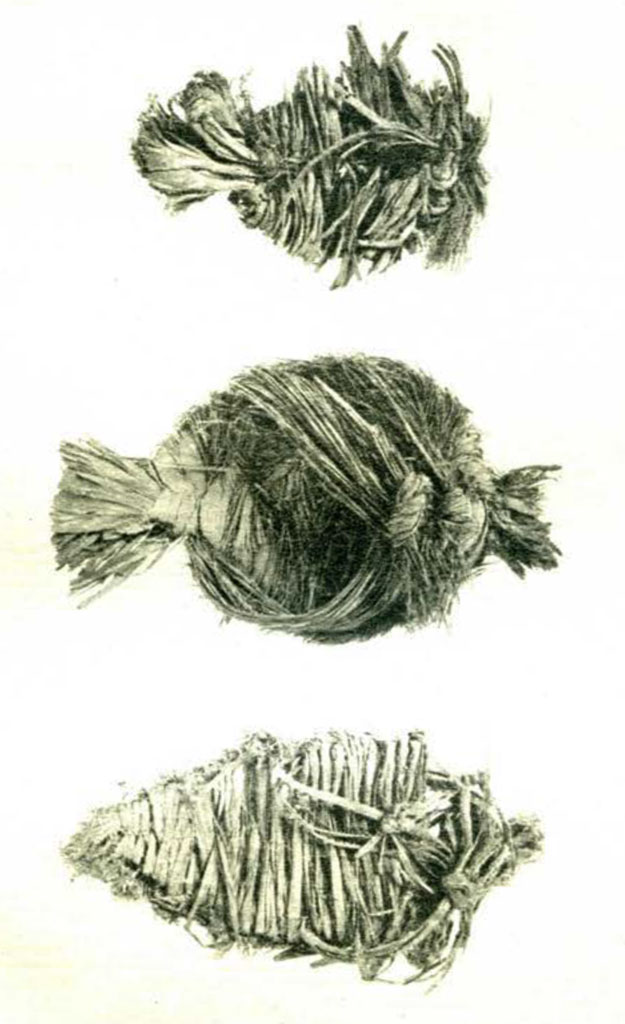
IN carrying on investigations this past summer along the south-western and eastern slopes of the Guadalupe Mountains of New Mexico and Texas, Mr. Edgar B. Howard, of the Museum staff, contributed to the extensive archaeological explorations that have been in progress in the Southwest. The work was conducted under permission granted by the United States Department of the Interior and the principal object was to ascertain whether any evidence of Basket-Maker culture could he found in this region.
The most ancient people of the Southwest of whom there is definite knowledge were the Basket-Makers, who belonged to an earlier period (about 2000 to 1500 B. C.) than the Pueblos or Cliff-Dwellers. The beginning of the Basket-Maker period was a nomadic one in which hunting predominated; then, with the introduction of the use of corn, the Basket-Makers began digging pits, for storage and burial, in the floors of caves; later these pits were made larger and pit-dwellings developed. At the end of this last phase, true pottery was developed from the earlier, crude, sun-baked vessels. The Basket-Maker, as the name suggests, made excellent baskets, as well as sandals of yucca leaves, twined-woven bags, and spear-throwers instead of bows and arrows.

Mr. Howard’s work last summer covered the investigation of a great many caves in the canyons of the Guadalupes. Three of these cave were partially excavated; two of them had been previously disturbed; the third showed evidence of only slight disturbance. The material recovered consisted not only of baskets, sandals, and twined-woven hags, but spear foreshafts, cord and netting, and some sherds of undecorated, grayish-black pottery. A few human bones were recovered as well as a number of animal bones, identified as those of the Pleistocene bison, horse, and a rare type of antelope. Some of the material resembled closely specimens of Basket-Maker culture from other parts of the Southwest, while other objects were like those from Mexico shown in the Peabody Museum, Cambridge.
For the present, it seems unwise to attempt to arrive at any definite conclusion as to just where the culture of the investigated area fits into the general scheme of southwestern archaeology. We can only present this evidence as an addition to the mass which is accumulating and which as time goes on, will permit a more complete knowledge of the early culture of this region.

